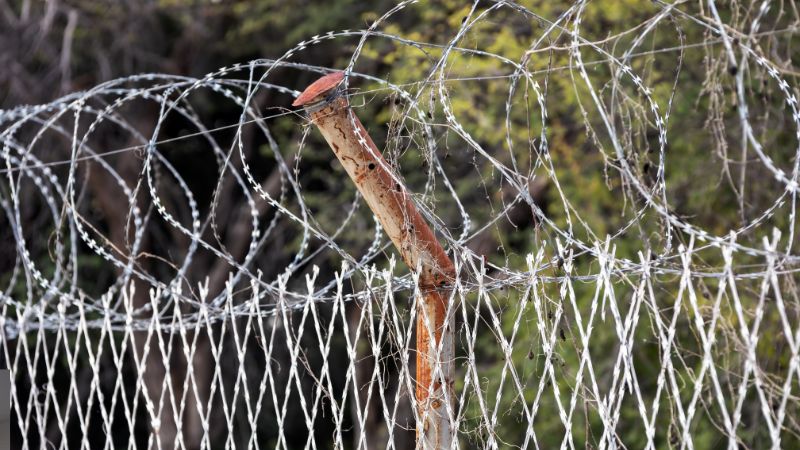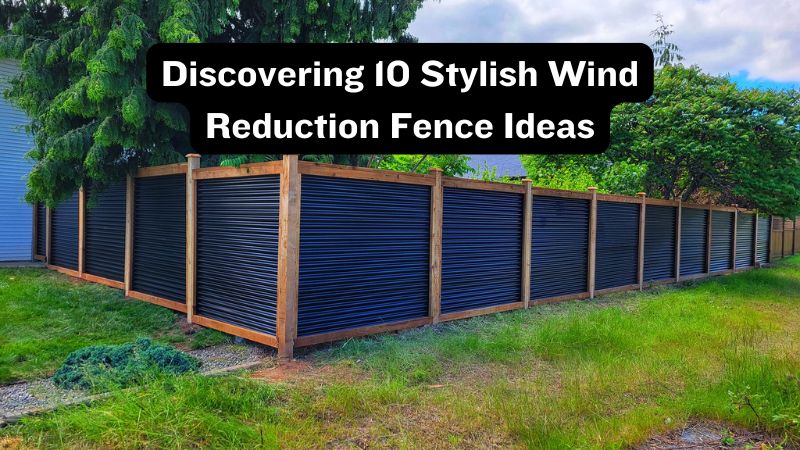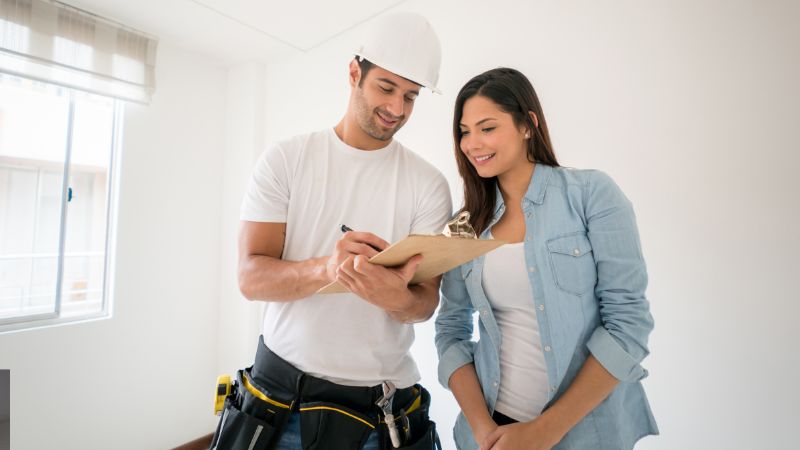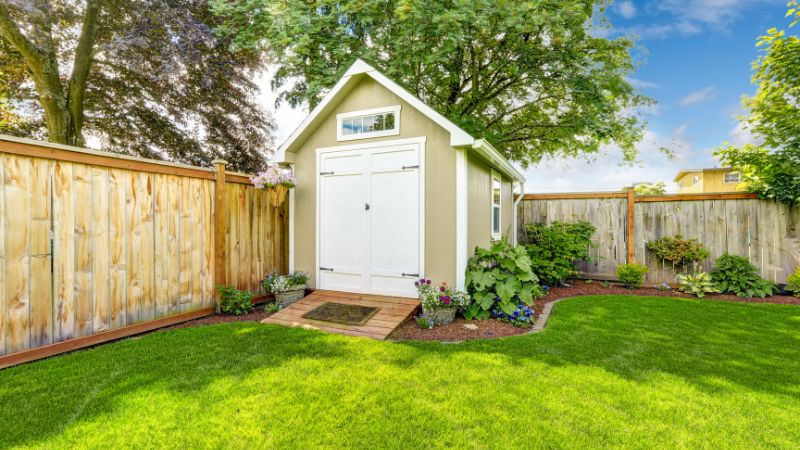How To Choose The Best Fence For Security – When protecting your property, installing the right security fence can make all the difference. A well-designed security fence deters potential intruders and enhances the aesthetic appeal of your home or business. With various materials and designs available, choosing the best fence for security can feel overwhelming. However, by considering factors such as durability, height, maintenance, and design, you can make an informed decision that meets your safety needs while complementing your surroundings. Whether you’re looking for a heavy-duty metal fence, a privacy-enhancing wood option, or a cost-effective chain link, each type has pros and cons. In this guide, we’ll help you navigate the key aspects to consider when selecting the best security fence, ensuring both protection and peace of mind for years to come.
Key Features Of An Effective Security Fence

Durable Materials
The foundation of a secure fence is its material. Opt for robust materials like steel, wrought iron, or heavy-duty aluminum, which offer exceptional strength and resistance to tampering. These materials are less likely to be breached compared to wood or standard chain link, providing long-lasting protection against intruders.
Height and Design
A security fence should be tall enough to deter climbing and jumping over. Ideally, it should be at least 6 to 8 feet high. Additionally, the design should prevent footholds or handholds, making it challenging for intruders to scale. Vertical bars or solid panels are effective designs that enhance security.
Integrated Security Features
Incorporating advanced security features can significantly boost the effectiveness of your fence. Surveillance cameras, motion sensors, and alarm systems can provide real-time alerts and deter potential intruders. Some fences can also be equipped with electrified elements or smart technology for enhanced protection.
Visibility and Lighting
Good visibility around your fence is crucial. Install lighting along the perimeter to eliminate dark spots where intruders could hide. A well-lit fence area increases the chances of detecting unauthorized activity and makes it more difficult for intruders to approach unnoticed.
Low Maintenance Requirements
Choose a fence that is easy to maintain and repair. Metal fences generally require less upkeep compared to wood fences, which need regular treatment to prevent decay. A low-maintenance fence ensures that it remains effective and reliable over time without frequent repairs or replacements.
Also Read:- Tips For Choosing The Right Fence For Your Home
How To Choose The Best Fence For Security?
When it comes to securing your property, choosing the right fence is a critical decision. With many factors to consider, such as material, design, and local regulations, selecting the best fence for security requires careful thought and planning. Below, we explore the key considerations to help you make an informed decision that enhances both the security and appearance of your property.
Material Matters for Security Fences
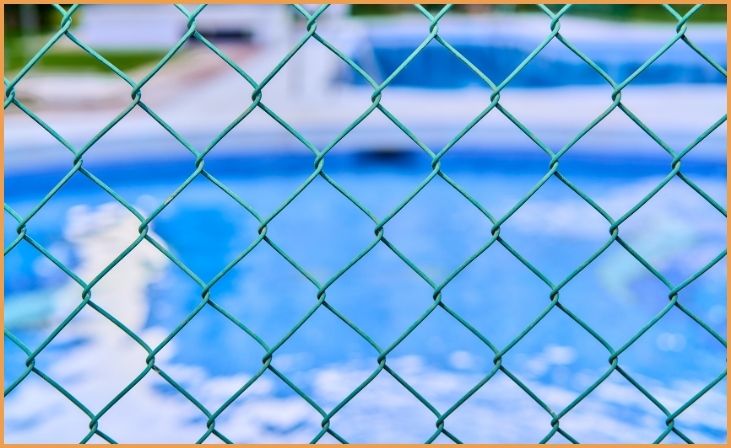
The material of your security fence plays a crucial role in its effectiveness. Fences made from strong materials like steel, wrought iron, or aluminum are ideal for high-security needs. These metals are highly durable, difficult to cut, and resistant to weather conditions, making them a reliable option. On the other hand, wooden fences provide a high level of privacy and can be built tall enough to deter intruders, but they require more maintenance over time. Chain link fences are cost-effective but offer less privacy and may be easier to breach without additional security measures. Choosing the right material depends on your security priorities and the specific threats you wish to guard against.
Consider Fence Height for Optimal Security
Height is a major factor when choosing a fence for security. A security fence should generally be at least 6 to 8 feet tall to deter potential intruders. Taller fences make climbing more difficult and increase the time it takes for someone to breach your property, which discourages criminals. Some areas have regulations regarding maximum fence height, so it’s important to check local laws before installation. Additionally, features like spikes or barbed wire can add an extra layer of security to tall fences, making them even more effective in preventing unauthorized entry.
Design Elements that Enhance Security
The design of your fence also affects its security level. Fences with narrow vertical bars are harder to climb compared to those with horizontal rails, which can act as footholds. Opting for a design that eliminates climbing opportunities will significantly improve your fence’s defensive capabilities. Moreover, a solid fence design, such as a close-boarded wooden fence, can block visibility into your property, adding another layer of protection. However, be cautious—while privacy is important, completely obscuring your home might allow intruders to hide once they’re inside your perimeter. A balance between visibility and privacy often works best for security purposes.
Incorporate Security Features and Technology
To maximize the security of your fence, consider adding advanced security features. Installing surveillance cameras, motion detectors, or alarm systems on your fence can deter criminals and alert you to any unauthorized activity. Some fences can also be electrified for higher security, though this requires compliance with local safety regulations. Another option is to integrate the fence with smart home systems, allowing you to monitor and control access remotely. Lighting is also crucial—well-lit fences reduce hiding spots for potential intruders and increase the likelihood of detecting a breach. Combining physical barriers with technology enhances overall property protection.
Maintenance and Durability Considerations
Maintenance plays an essential role in ensuring your security fence remains effective over time. Metal fences generally require less maintenance, especially if treated to resist rust and corrosion. Wooden fences, while visually appealing, need regular upkeep, including painting or staining, to avoid rotting or warping. If a fence is damaged, it weakens your overall security, so prompt repairs are necessary to maintain its integrity. Chain link fences are relatively low maintenance but may need occasional repairs if cut or bent. Choosing a durable, long-lasting material and keeping up with routine maintenance ensures that your fence will provide security for many years.
Also Read:- Fencing Solutions Unveiled By The Best Fence Contractors
Balancing Security and Aesthetic Appeal

While security is the primary goal when choosing a fence, aesthetics should not be overlooked. Your fence should complement the style of your home and neighborhood. Wrought iron and aluminum fences, for example, offer both high security and an elegant appearance. Wooden fences can add a natural, warm look to your property while still providing a sense of privacy. If the appearance of a chain link fence feels too industrial, you can add privacy slats or vines to soften its look. Striking the right balance between security and aesthetics ensures that your fence doesn’t just protect but also enhances the beauty of your property.
Conclusion
Choosing the best fence for security involves evaluating your specific needs, budget, and long-term goals. Whether you opt for a sturdy steel fence, a wooden privacy fence, or another option, ensuring proper installation and maintenance will enhance your property’s protection. Take the time to assess potential threats, your neighborhood, and your home’s aesthetic to find the perfect balance between security and style. With the right choice, you can enjoy a secure environment while adding value and beauty to your property.
FAQs
What is the most secure type of fence?
The most secure type of fence is typically a metal fence, such as steel or wrought iron, as they are durable and difficult to breach.
How tall should a security fence be?
A security fence should be at least 6 to 8 feet tall to deter intruders effectively.

